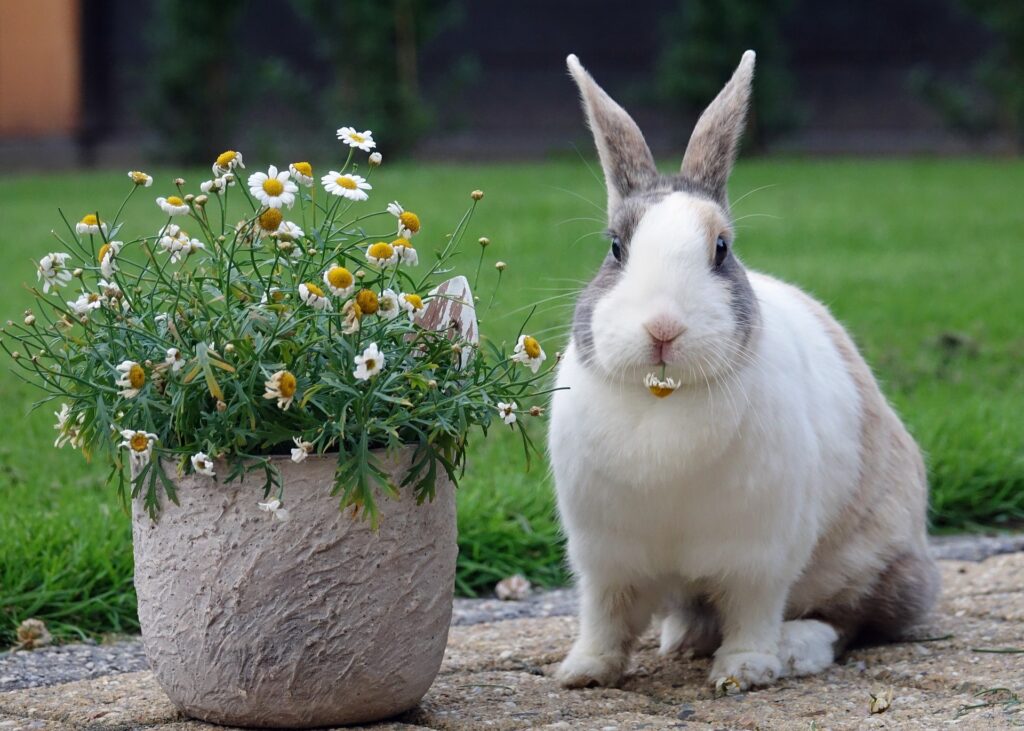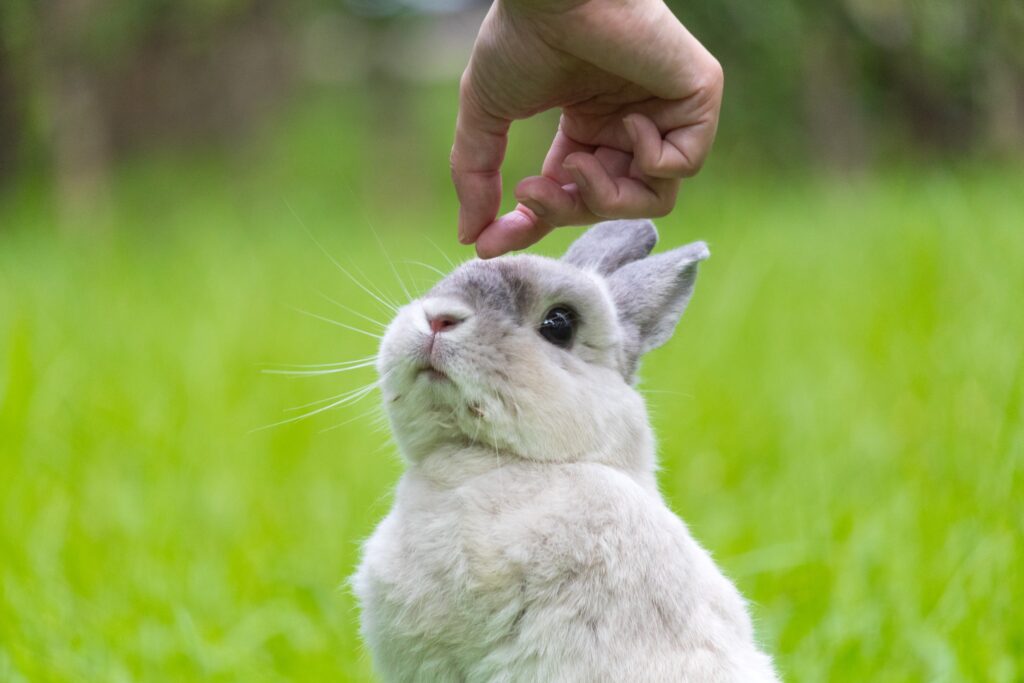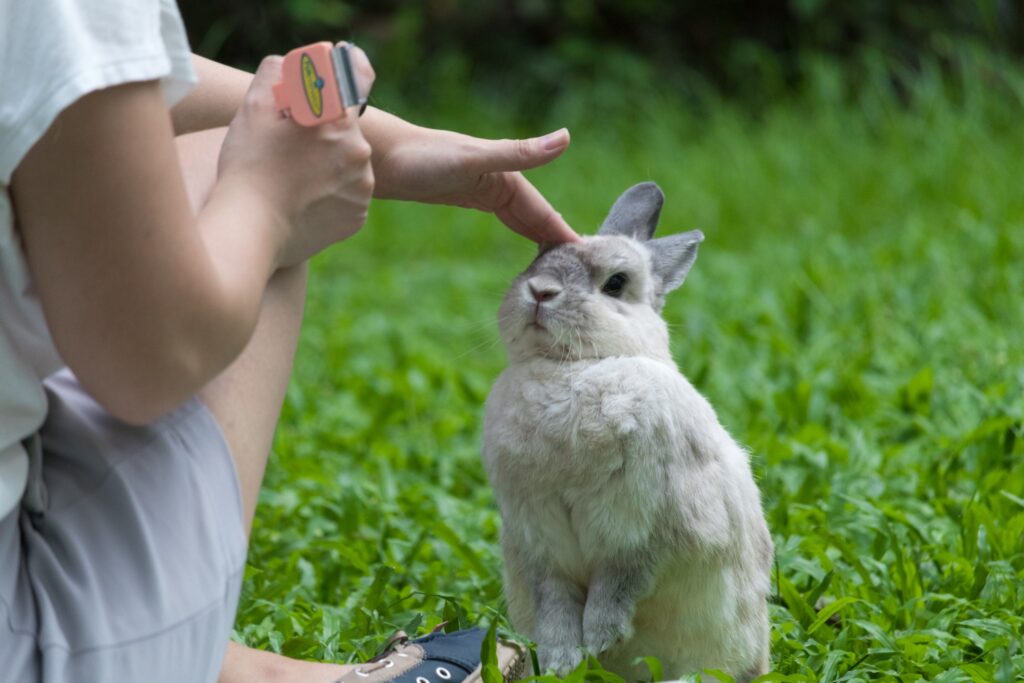Do Dutch Rabbits Like to be Held? A Guide to Rabbit Handling
Dutch rabbits, like other rabbit breeds, have varying preferences regarding being held. Some may enjoy the interaction, while others may feel stressed or uncomfortable. It is important to closely monitor your Dutch rabbit’s body language and behavior to determine if they are at ease with being held.

To create a positive experience, approach your rabbit gently, offering treats to build trust. Always support their body, particularly the hind legs, to help them feel secure. If your Dutch rabbit appears tense or tries to evade your touch, respect their boundaries and avoid forcing the interaction. Gradually increasing the time spent holding your Dutch rabbit can help them become more accustomed to and comfortable with the experience.
Temperament
Dutch rabbits are known for their gentle and friendly temperament, which makes them excellent family pets. They are calm and docile, and they enjoy being around people. Dutch rabbits are also very social animals and enjoy spending time with their owners.
Social Behavior
Dutch rabbits are social animals and enjoy being around other rabbits. They are also very friendly and enjoy spending time with their owners. Dutch rabbits are not aggressive and are unlikely to bite or scratch their owners. They are also very affectionate and enjoy being petted and held.
Personality Traits
Dutch rabbits have unique personalities, and each rabbit is an individual. However, Dutch rabbits tend to be gentle, calm, and friendly as a group. They are also very curious and enjoy exploring their surroundings. Dutch rabbits are very intelligent and can be trained to do tricks and follow commands.
Dutch rabbits have a gentle and friendly temperament, which makes them excellent family pets. They are social animals and enjoy spending time with their owners. Dutch rabbits are also very curious and intelligent and can be trained to do tricks and follow commands.
Holding and Handling

When it comes to holding and handling Dutch rabbits, it is important to consider a few things. This section will cover the training, comfort and safety, frequency, and duration of holding and handling Dutch rabbits.
Training
Dutch rabbits are generally calm and docile but are still prey animals and may not feel comfortable being picked up and held. It is important to train your rabbit to be comfortable with being held. Start by offering treats and petting your rabbit in its cage or enclosure. Gradually work up to picking them up and holding them for short periods.
Comfort and Safety
When holding a Dutch rabbit, ensuring their comfort and safety is important. Always support their entire body, with one hand under their chest and the other under their back legs. Never pick up a rabbit by its ears or scruff. This can cause pain and injury to the rabbit.
Frequency and Duration
The frequency and duration of holding and handling a Dutch rabbit will depend on the individual rabbit’s personality and preferences. Some rabbits may enjoy being held longer, while others only tolerate short periods. Pay attention to your rabbit’s body language and behavior to determine its comfort level.
In general, holding and handling your Dutch rabbit daily for short periods is recommended. This can help build trust and strengthen your bond with your rabbit. However, it is important to not overdo it and give your rabbit breaks as needed.
Care and Maintenance

When caring for Dutch rabbits, there are a few important factors to consider. Proper diet, exercise, and grooming are all essential for keeping your pet healthy and happy.
Diet
Dutch rabbits require a balanced diet that includes hay, rabbit pellets, vegetables, and occasional fruits. Hay should make up most of their diet, as it provides essential fiber that helps keep their digestive system healthy. Fresh water should always be available, and food should be changed daily to ensure freshness.
Exercise
Dutch rabbits are active animals and require regular exercise to maintain their health. They should have plenty of space to move around, whether that be indoors or outdoors. If kept indoors, they should have a large enclosure or a rabbit-proofed whole room. They should have shelter from the elements and a predator-proof enclosure if kept outdoors.
Grooming
Dutch rabbits have a thick, glossy coat that requires regular grooming to keep it in good condition. They should be brushed at least once a week to remove loose fur and prevent matting. Their nails should also be trimmed regularly to prevent them from becoming overgrown and causing discomfort.
In addition to these basic care requirements, monitoring your Dutch rabbit’s health and behavior for any signs of illness or distress is important. Regular check-ups with a veterinarian specializing in small animals are recommended to ensure your pet stays healthy and happy.